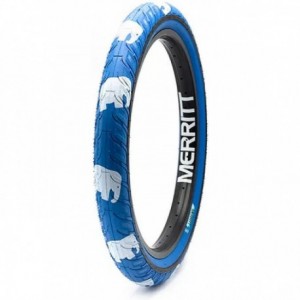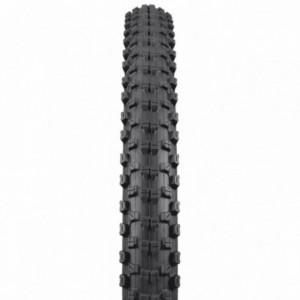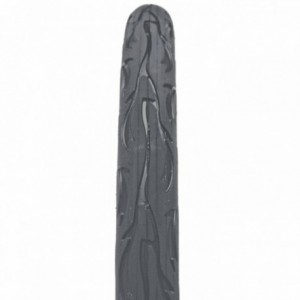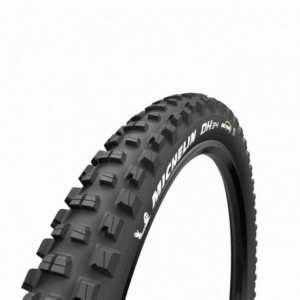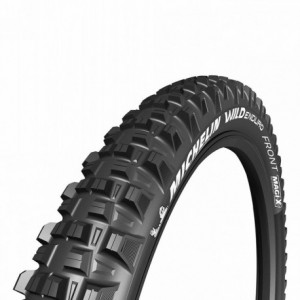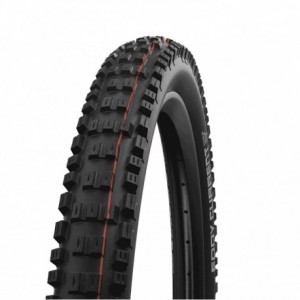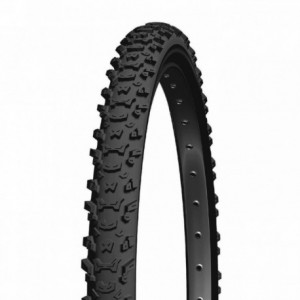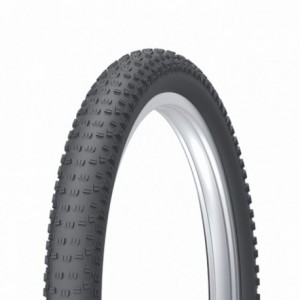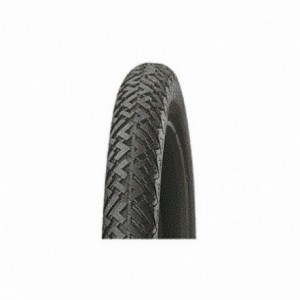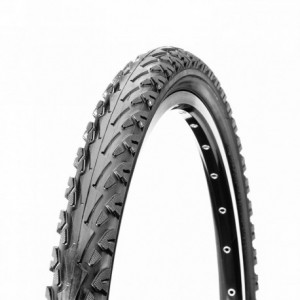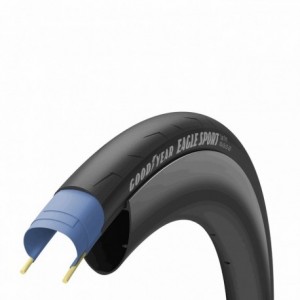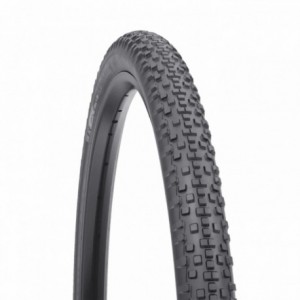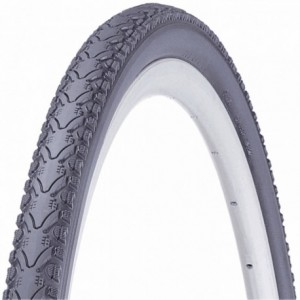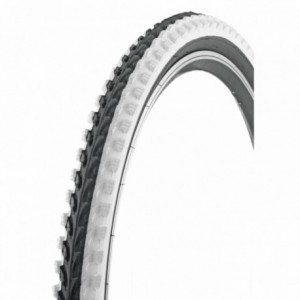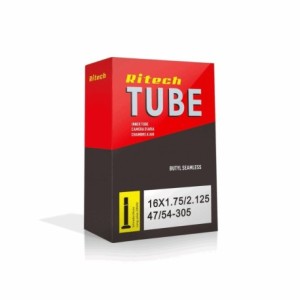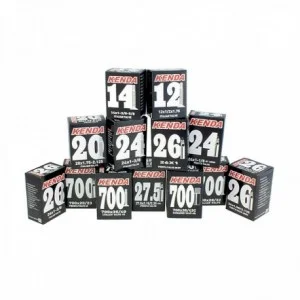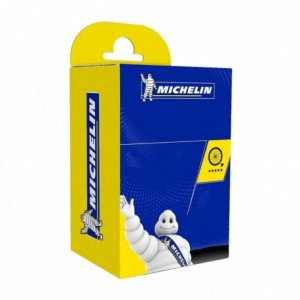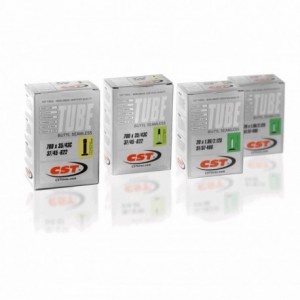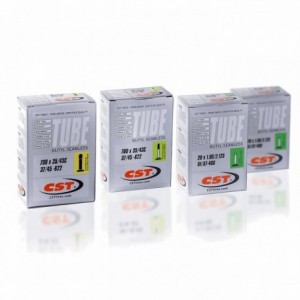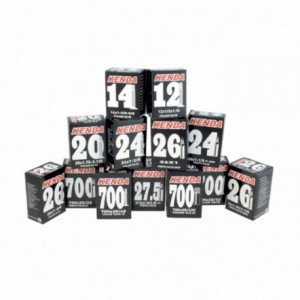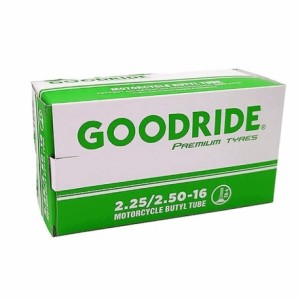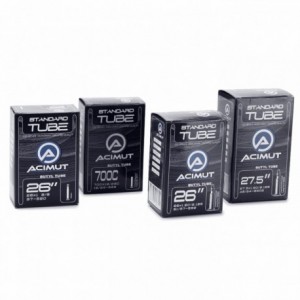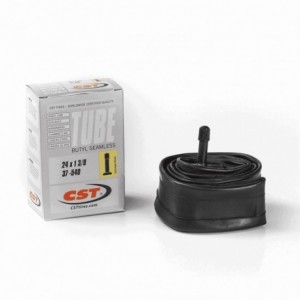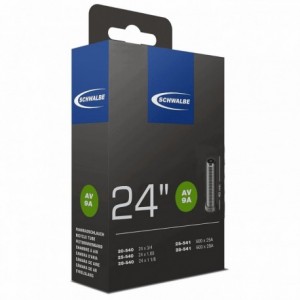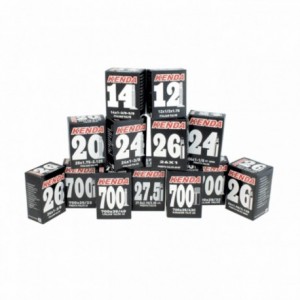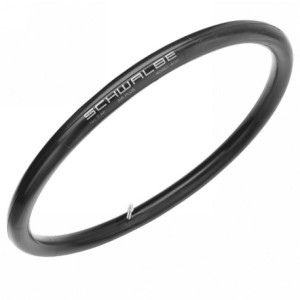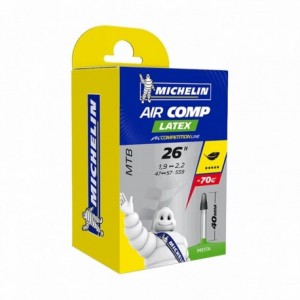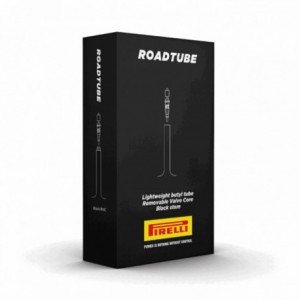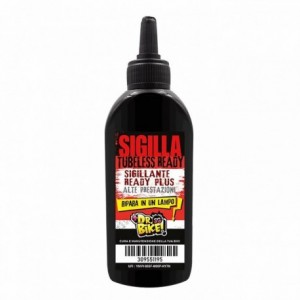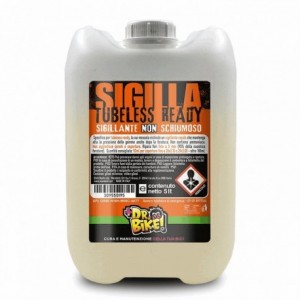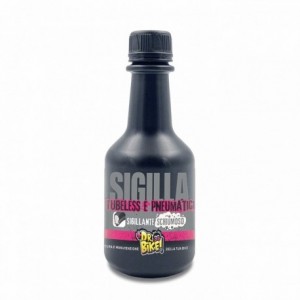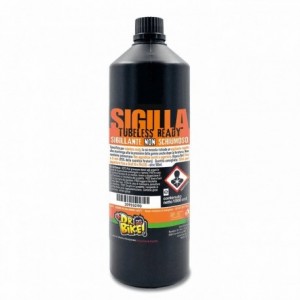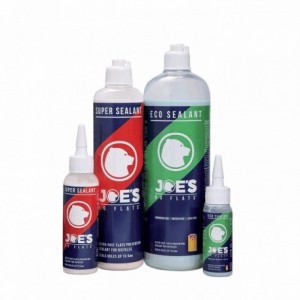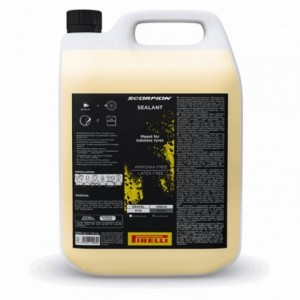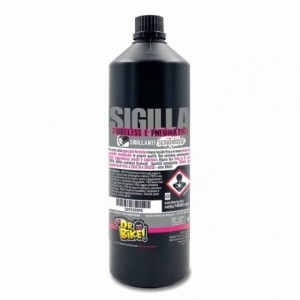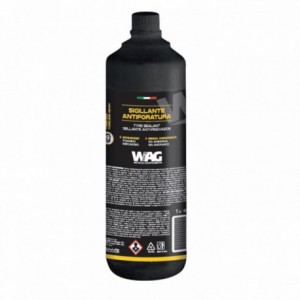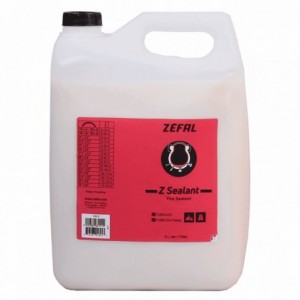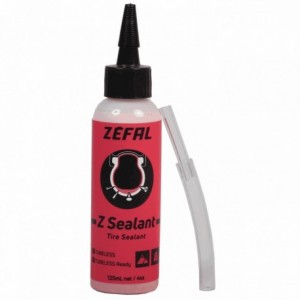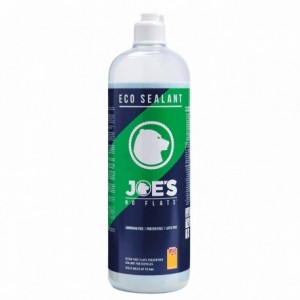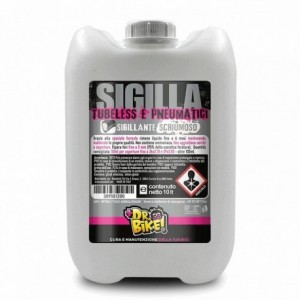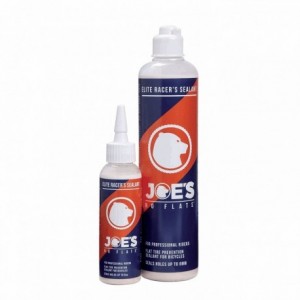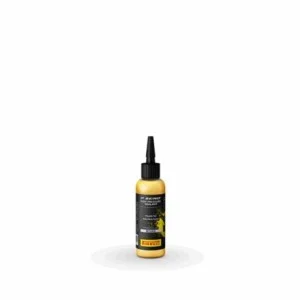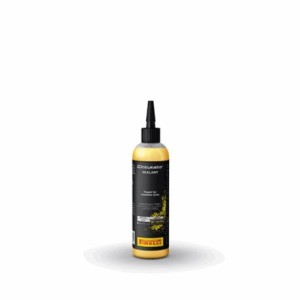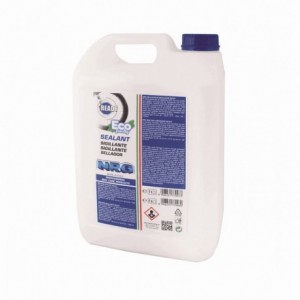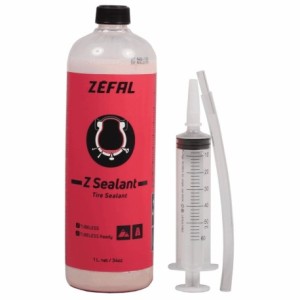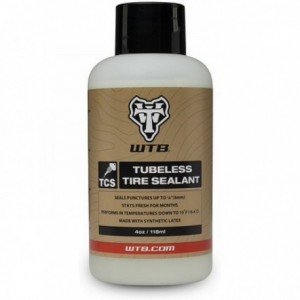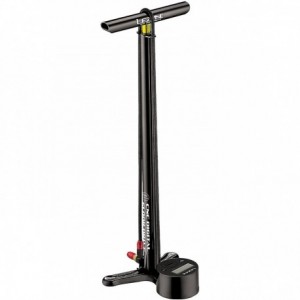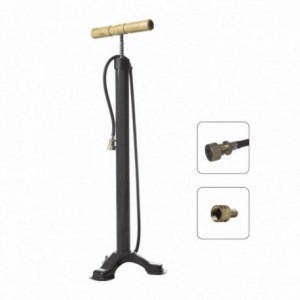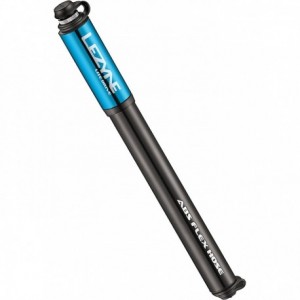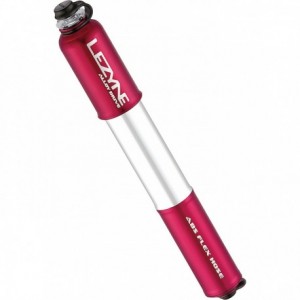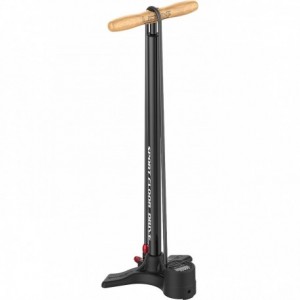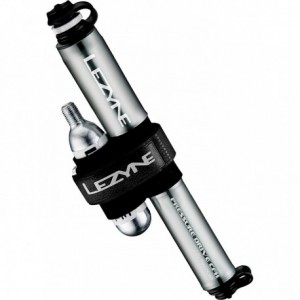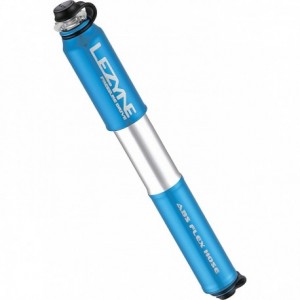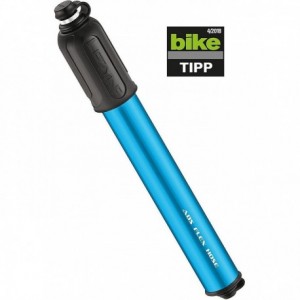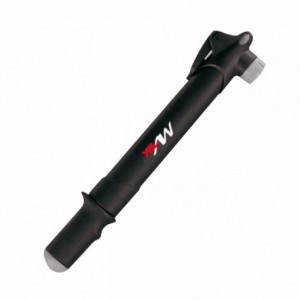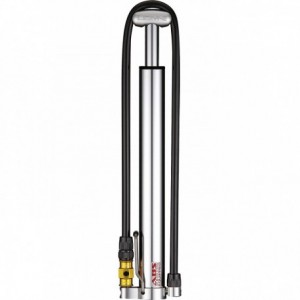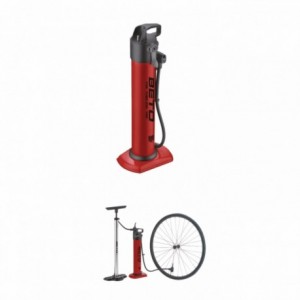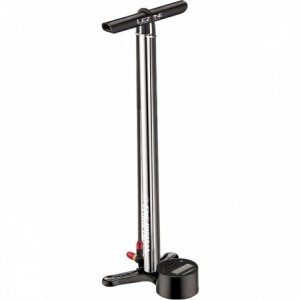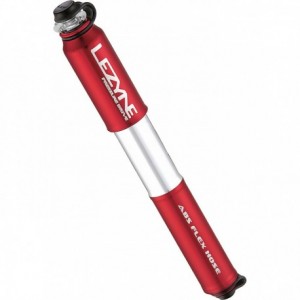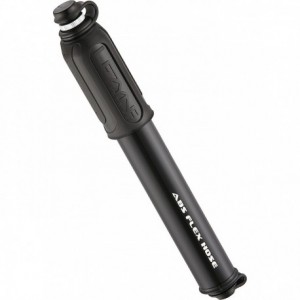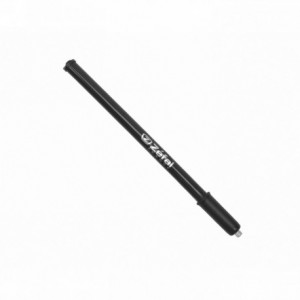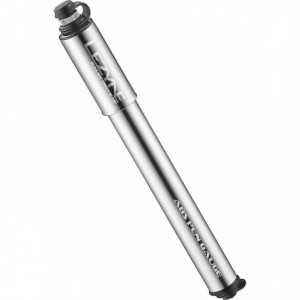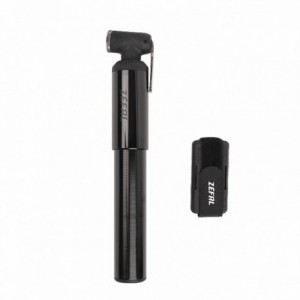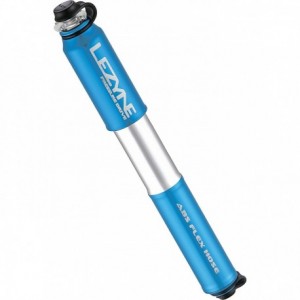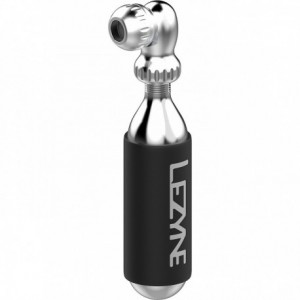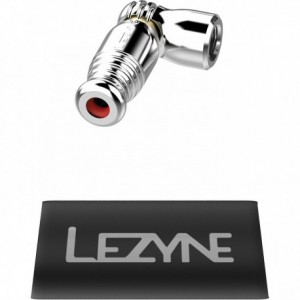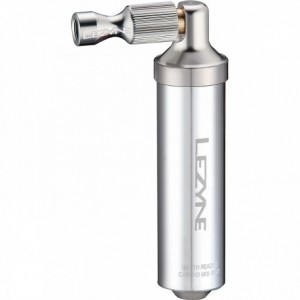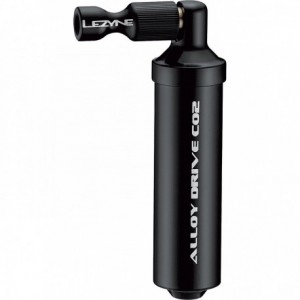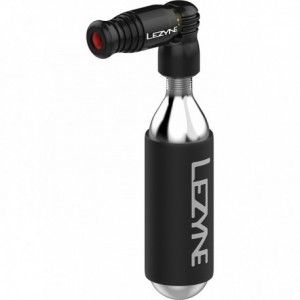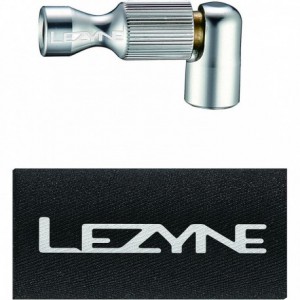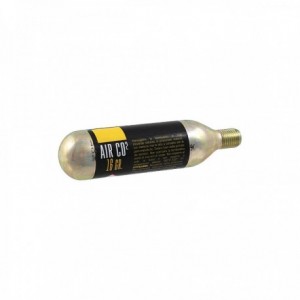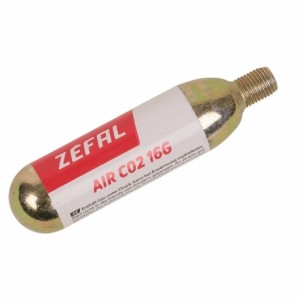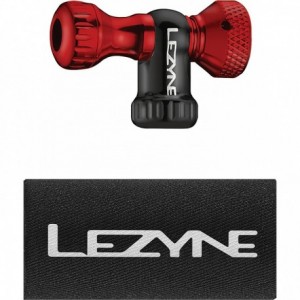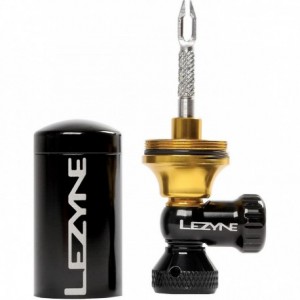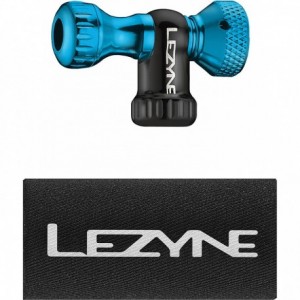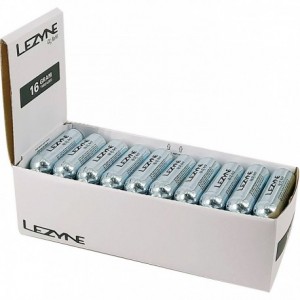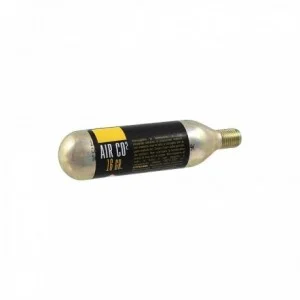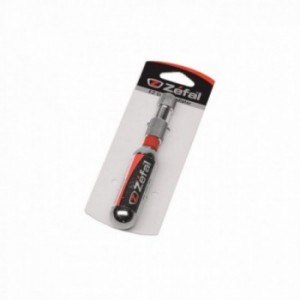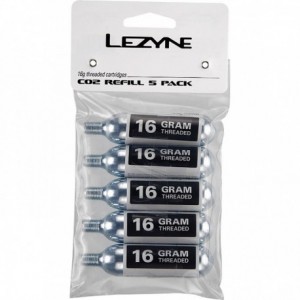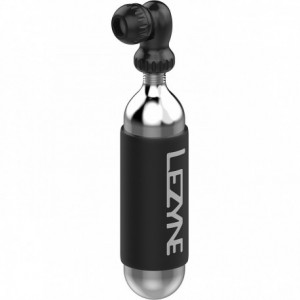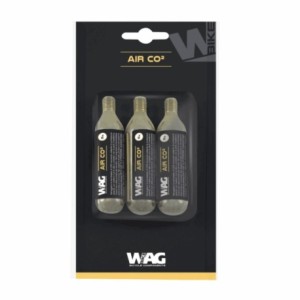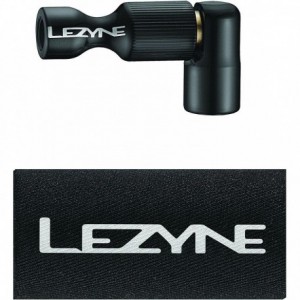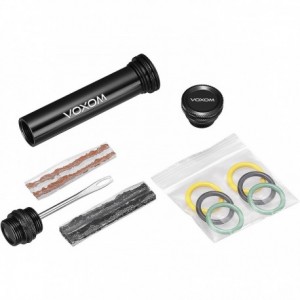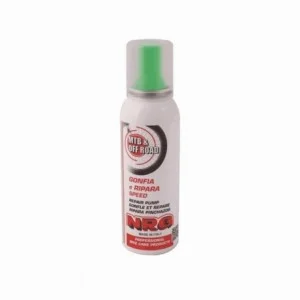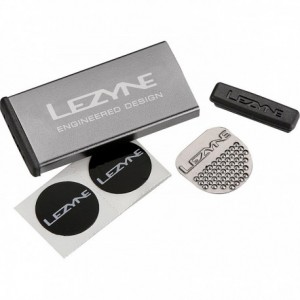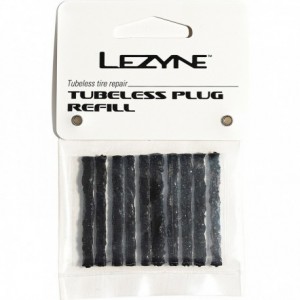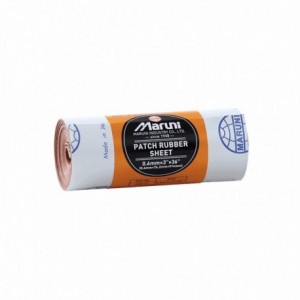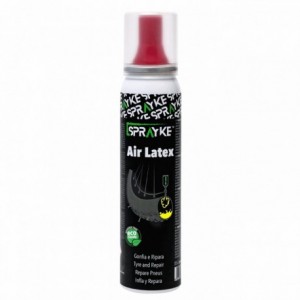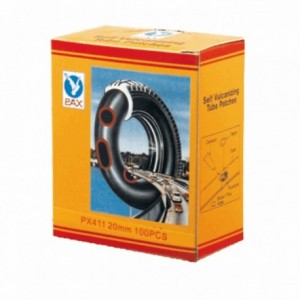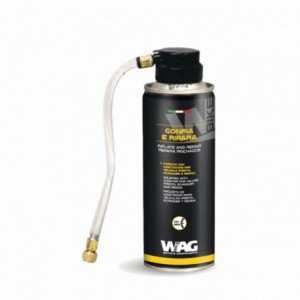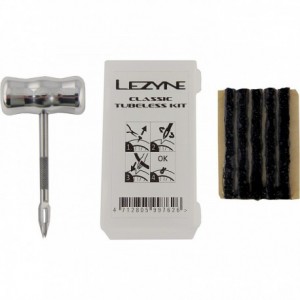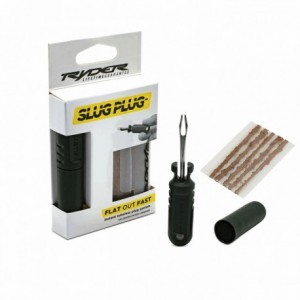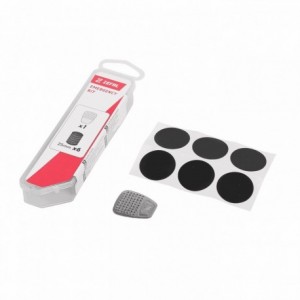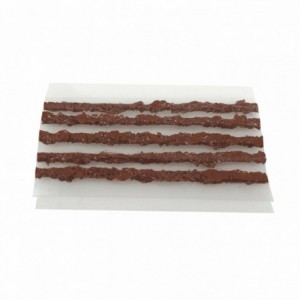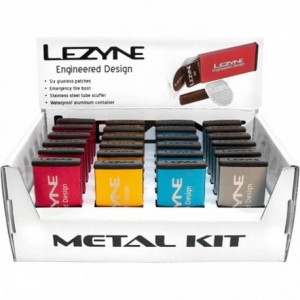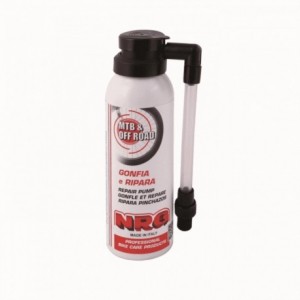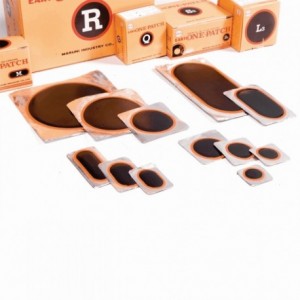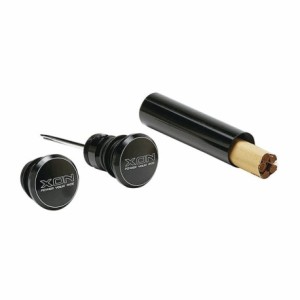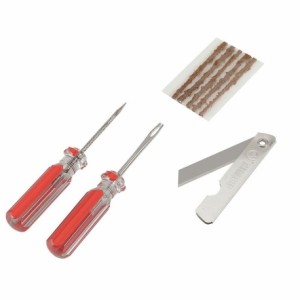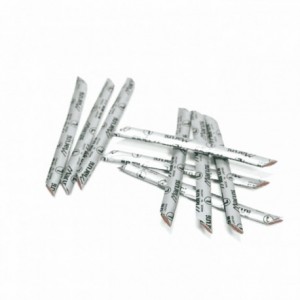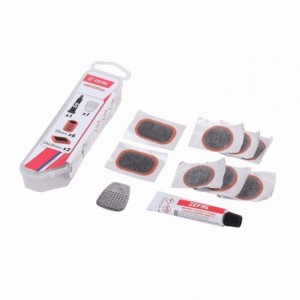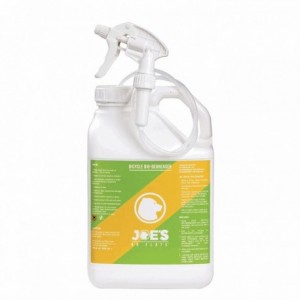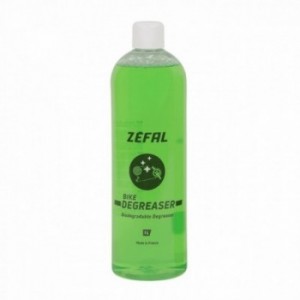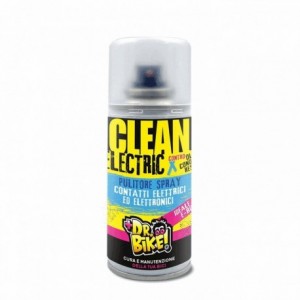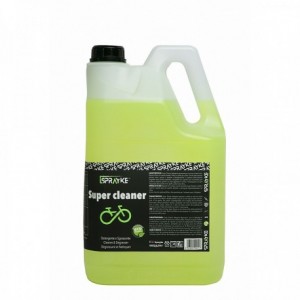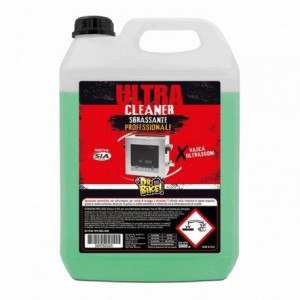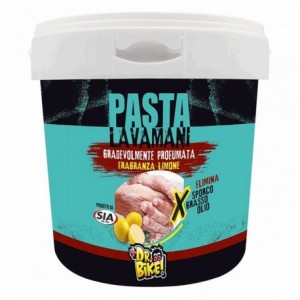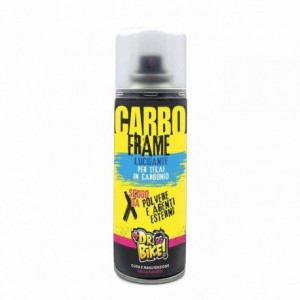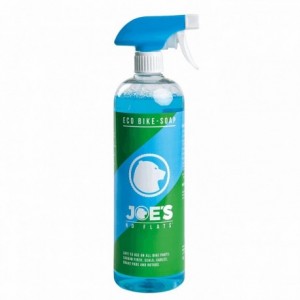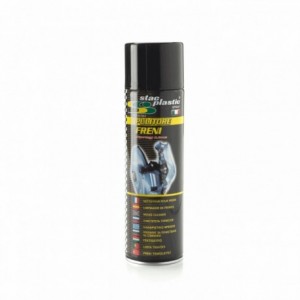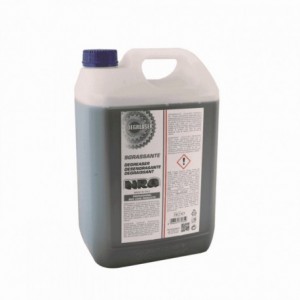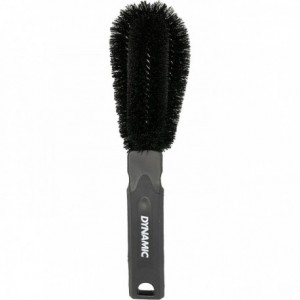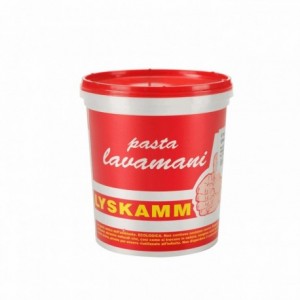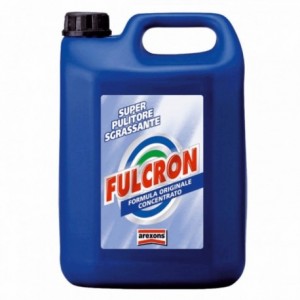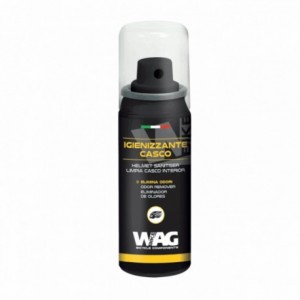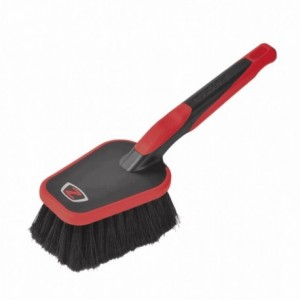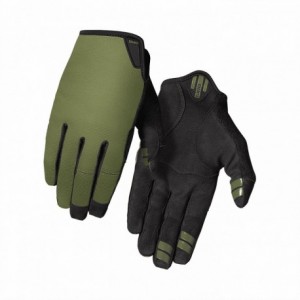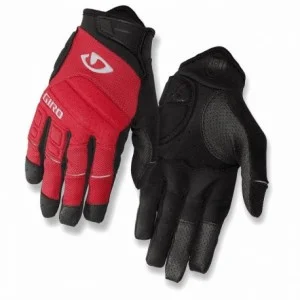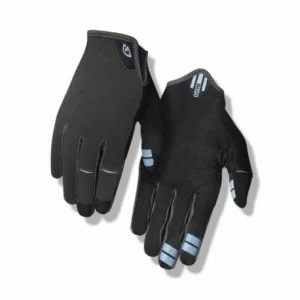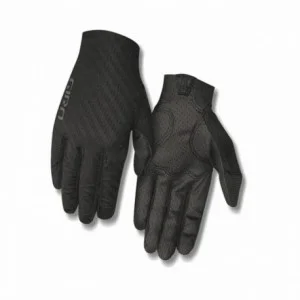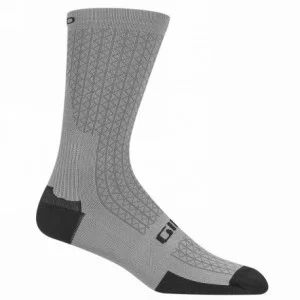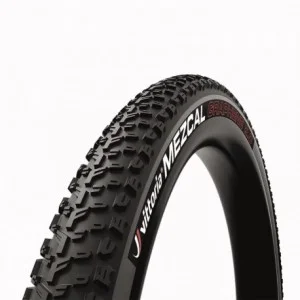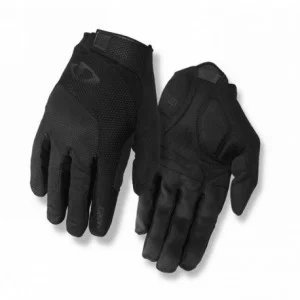Complete Guide to Choosing and Reading Bike and MTB Tires
Choosing the right bicycle tire is critical to ensure safety, comfort and performance. Carefully consider the type of terrain you will be riding on, the size compatible with your bike, and the tire's technical specifications to find the best solution for your needs.
1. Types of Covers
Road: Road tires are smooth, light and thin, usually with a width of 23-28 mm. They are designed for high speeds on paved surfaces, offering low rolling resistance and maximizing speed. Perfect for those who love racing or traveling long distances on asphalt.
MTB (Mountain Bike): MTB tires have a robust tread with pronounced blocks, with widths ranging from 2.0" to 2.5". They are ideal for rough terrain and off-road trails, ensuring grip and traction even on uneven surfaces. They are very resistant and reduce the risk of punctures.
Gravel: Gravel tires represent a middle ground between road and MTB tires, with an intermediate tread pattern and widths ranging from 30 mm to 45 mm. They are versatile and offer comfort on mixed roads, gravel and light trails.
City/Trekking: Designed for urban use and cycle touring, these tires are resistant and have a mixed tread. Their width varies from 28 mm to 50 mm, ensuring durability and good grip on urban surfaces and light trails. Perfect for those who use the bicycle daily in the city.
Read moreShow less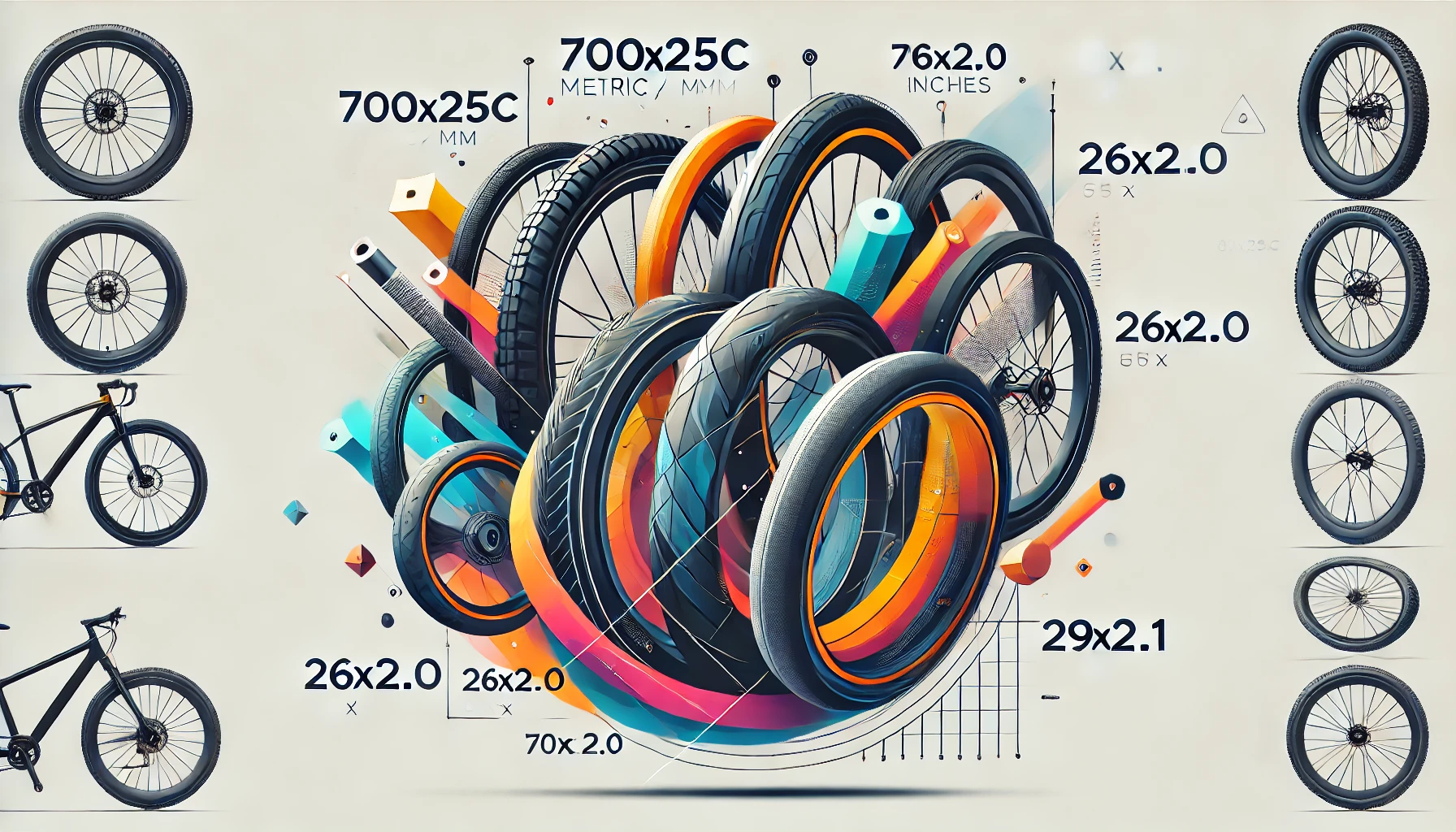
2. Dimensions and Specifications
ETRTO (European Tire and Rim Technical Organization): Indicates the width and internal diameter in millimeters. For example, 37-622 means 37 mm wide and 622 mm internal diameter of the rim.
French sizes: Specify the external diameter and width of the tire, such as 700x35C, where 700 mm is the external diameter and 35 mm the width.
Inch (Mountain Bike): Indicates the outside diameter in inches, such as 26x2.0, with 26 inches in outside diameter and 2.0 inches in width.
Read moreShow less3. Read the writing on the tires
The markings on bicycle tires provide crucial information about the dimensions and characteristics of the tire. Here is a guide on how to read them:
Width: The width of the tire is usually the first digit indicated in the ETRTO measurements and in inch measurements. For example, in a tire marked 37-622 (ETRTO), 37 indicates the width of the tire in millimeters. In inch measurements, such as 26x2.0, 2.0 represents the width of the tire in inches.
Internal Diameter: The internal diameter of the tire is the second digit in the ETRTO measurements. For example, in a tire marked 37-622 (ETRTO), 622 indicates the internal diameter of the tire in millimeters.
Outside Diameter: In French sizes and inch sizes, the outside diameter is specified. For example, in a French marking 700x35C, 700 represents the external diameter of the tire in millimetres. In inch sizes, such as 26x2.0, 26 indicates the outside diameter of the tire in inches.
Maximum Pressure: The maximum recommended pressure for tire inflation is often indicated in PSI (pounds per square inch) or in Bar. For example, a marking indicating 85 PSI< /strong> (6 Bar) suggests the maximum inflation pressure recommended for that tire.
Here are some examples of markings on tires and their meaning:
ETRTO 37-622: This means that the tire has a width of 37 mm and an internal diameter of 622 mm.
700x35C: This means that the tire has an external diameter of 700 mm and a width of 35 mm.
26x2.0: This means that the tire has an external diameter of 26 inches and a width of 2.0 inches.
Read moreShow less4. Choose the Right Tire
Choosing the right tire for your bicycle is essential to guarantee a safe and comfortable ride. Here are some key factors to consider:
Road: Choose smooth, narrow tires (23-28 mm) for high speeds on paved surfaces.
MTB (Mountain Bike): Opt for tires with pronounced knobs (2.0-2.5") for traction on rough terrain.
Gravel: Choose tires with intermediate tread pattern (30-45 mm) for mixed roads and gravel.
City/Trekking: Use durable tires with mixed tread (28-50 mm) for urban surfaces and light trails.
Make sure the tire size is compatible with your bicycle rim. Check that the frame has enough space for the chosen tire.
Follow the manufacturer's directions for recommended pressure. Higher pressures are ideal for the road, while lower pressures offer better traction on off-road terrain.
Inner Tube: Easy to repair and widely available, but with a greater risk of punctures.
Tubeless: They offer less risk of punctures and allow you to use lower pressures. They require compatible rims and are more complex to install.
Read moreShow less5. Types of Tires: Inner Tube vs. Tubeless
Inner Tube: Easy to repair and widely available. They have a greater risk of punctures.
Tubeless: Less risk of punctures, they allow lower pressures for better traction and comfort. They require compatible rims and are more complex to install and repair.
Read moreShow less6. Tire Materials
Rubber: The main material used in the tire tread. The rubber offers a good balance between grip and durability, ensuring that the tire can withstand daily wear and tear and provide adequate traction on various surfaces.
Kevlar/Aramid: These materials are used in the beads of folding tires. Kevlar and aramid make tires lighter and more tensile-resistant, allowing them to be easily folded and transported without compromising their structural integrity.
Additional Compounds: Various compounds are added to the rubber to improve the performance of the tire. For example, silica is used to improve wet grip, while anti-puncture additives increase the tire's resistance to punctures, ensuring greater safety and longevity.
Read moreShow less


